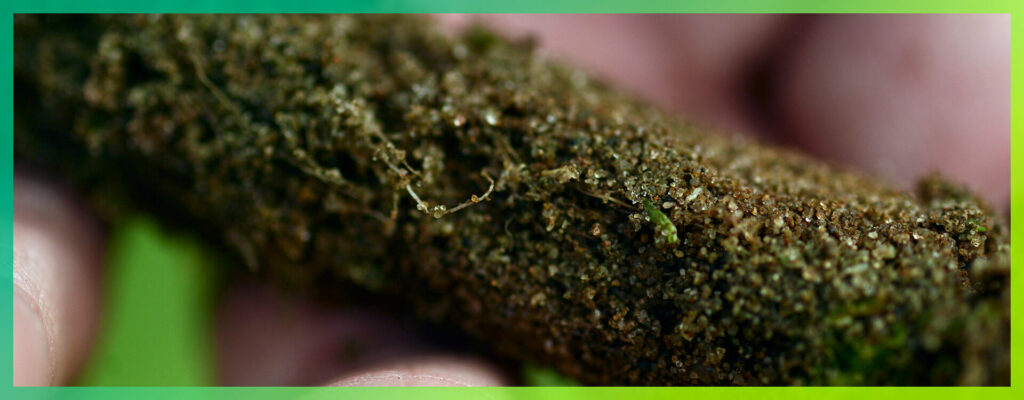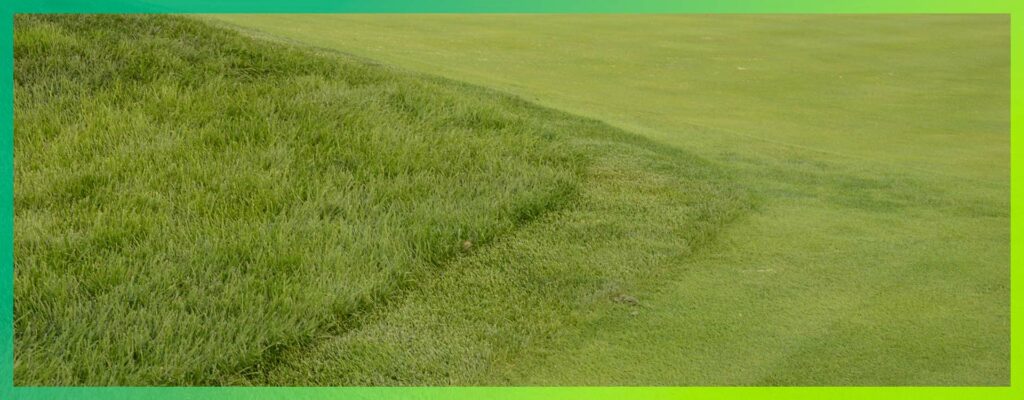Redox has been working with a variety of sports turf fields around the world. Regardless of the level of field, the symptoms are very similar. We’ve worked with compaction issues, soil moisture management, lack of root development, and recovery issues.
If compaction is an issue, then root development, soil moisture, and recovery will never occur. Native soil fields will compact with little use, much less a field that sees some sort daily traffic. Even in the professional ranks of MLB, NFL, or soccer, sand-based mix fields may help in reducing compaction, but soil moisture management and infiltration rates are still a challenge.

Soil moisture management is one of the most important cultural practices needed to maintain a healthy, dense stand of turf, especially given the amount of traffic and intensity of use on many fields get.
Whether it’s the top soccer clubs in the country or the local high school down the street, improving soil structure and water movement through the soil profile is a top priority.
It doesn’t matter if it’s warm or cool-season turf, we need proper soil structure and moisture management to develop a strong, healthy plant. No matter the variety of turf or soil types you are managing, Redox’s TurfRx PeneCal can be extremely beneficial.

Let’s start with soil structure issues and compaction. It can be a challenge managing native soil fields that are mostly clay-based soils, like in the Mid-West or the Northeast. Once these soils get any type of traffic on them, they can seal off at the surface very quickly. The quality of turf declines; fertilizer and aerification practices only go so far. If you are dealing with sandy, loam-type soil, that doesn’t necessarily mean you won’t have compaction issues. Water infiltration can be inconsistent. While some areas of the field may be doing okay, other areas are drying out quicker.
The most popular Redox product for improving soil structure and moisture management in sports turf is TurfRx PeneCal. TurfRx PeneCal is a 10% micro encapsulated Calcium source that is fused to a 22% Co-Polymer non-ionic surfactant penetrant. TurfRx PeneCal offers high-performance water penetration and improved moisture distribution efficiency.
The chemistry of the non-ionic surfactant penetrant, incorporated with the microencapsulation calcium technology helps TurfRx PeneCal enhance soil structure and increase soil moisture content.

In soils, there are micropore and macropore spaces. Roots, water, and nutrients reside in the micropore spaces. Oxygen resides in the macropore space. Due to the nature of soils and organic matter, many of the micropore spaces in the soil are hydrophobic, not allowing adequate water adsorption and movement. When soils become too dry, plants cannot grow. When soils become saturated, an anaerobic environment is created.
TurfRx PeneCal is critical because when the penetrant moves through the soil profile, even in heavy clay, it is dragging that calcium molecule with it. Calcium helps to increase micropore space, improve air:water relationships, reduce compaction issues, and allow water to flow to the root system.
I have worked with sports turf managers that have been at the same location for 20 years and they are stunned at what a couple of applications of PeneCal have done to improve their fields. Having quality turf in the center of the field and in front of the goals has always been a challenge for many managers. When you can reduce compaction and improve infiltration rates, water and nutrients can flow to the root system more effectively to allow for better plant performance.
On a sandy loam field, where compaction and infiltration issues may not be as severe, TurfRx PeneCal can still help keep the field more consistent and allow watering to be more effective. When you can hydrate the soil and the root system more efficiently, you can and will use less water.
Gypsum applications can help improve tightly compacted soils if you can get enough down. The problem with gypsum is it only helps in the top couple of inches. TurfRx PeneCal will improve the entire profile as far down as 12 inches or more in some cases. A five-gallon case of TurfRx PeneCal will do far more than a ton of gypsum. For example, it’s summertime and it has not rained in the last 30 days or so and you have to irrigate daily to keep up. You’ll be glad you applied TurfRx PeneCal to make your irrigation water more efficient.
Another example is when it’s been raining, you need those fields to be able to drain and handle all that rainwater. You’ll be glad you had PeneCal down to keep that water moving so you can still play a game on a field that’s not going to be a sloppy mess.

32 oz – 1 gallon per acre, monthly. In 40-80 gallons of water per acre.
(Rates may vary depending on soil types, thatch issues, and water quality your rates will vary.
TurfRx PeneCal can be mixed with Fungicides, growth regulators, and other fertilizers.
Typical applications would be sprayed in the morning, let set if you have other products in the tank that need to dry on the plant, then water in that evening. If just applying TurfRx PeneCal by itself, spray and water in right away.
TurfRx PeneCal can be sprayed year-round, even if the turf is not growing or dormant. The focus is on soil structure, not fertilizing.
Many factors come into maintaining quality turf in the sports turf world. The movement of water through the soil profile is critical because that is where your nutrients are. Poor water movement and poor nutrient availability lead to poor nutrient uptake by the plant.
Subscribe to receive our Redox Bio-Nutrients updates